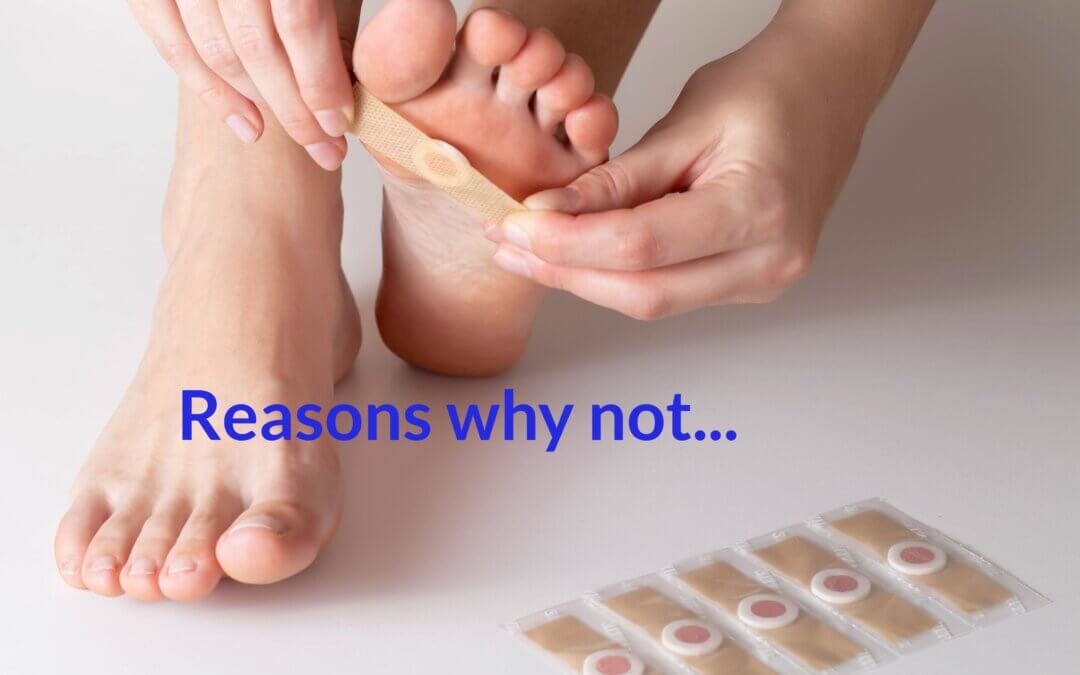Assessment of the corn treatments
Today, we know more about the humble corn than we did in the past, but for many patients, sharp dissection on a cyclical basis is a quick fix, even if it is not permanent. Our approach must be considered carefully. READ MORE…
Thanks for reading ‘Treating Corns on Feet ‘ by David R. Tollafield
Published by Busypencilcase Communications. Est. 2015


Recent Comments